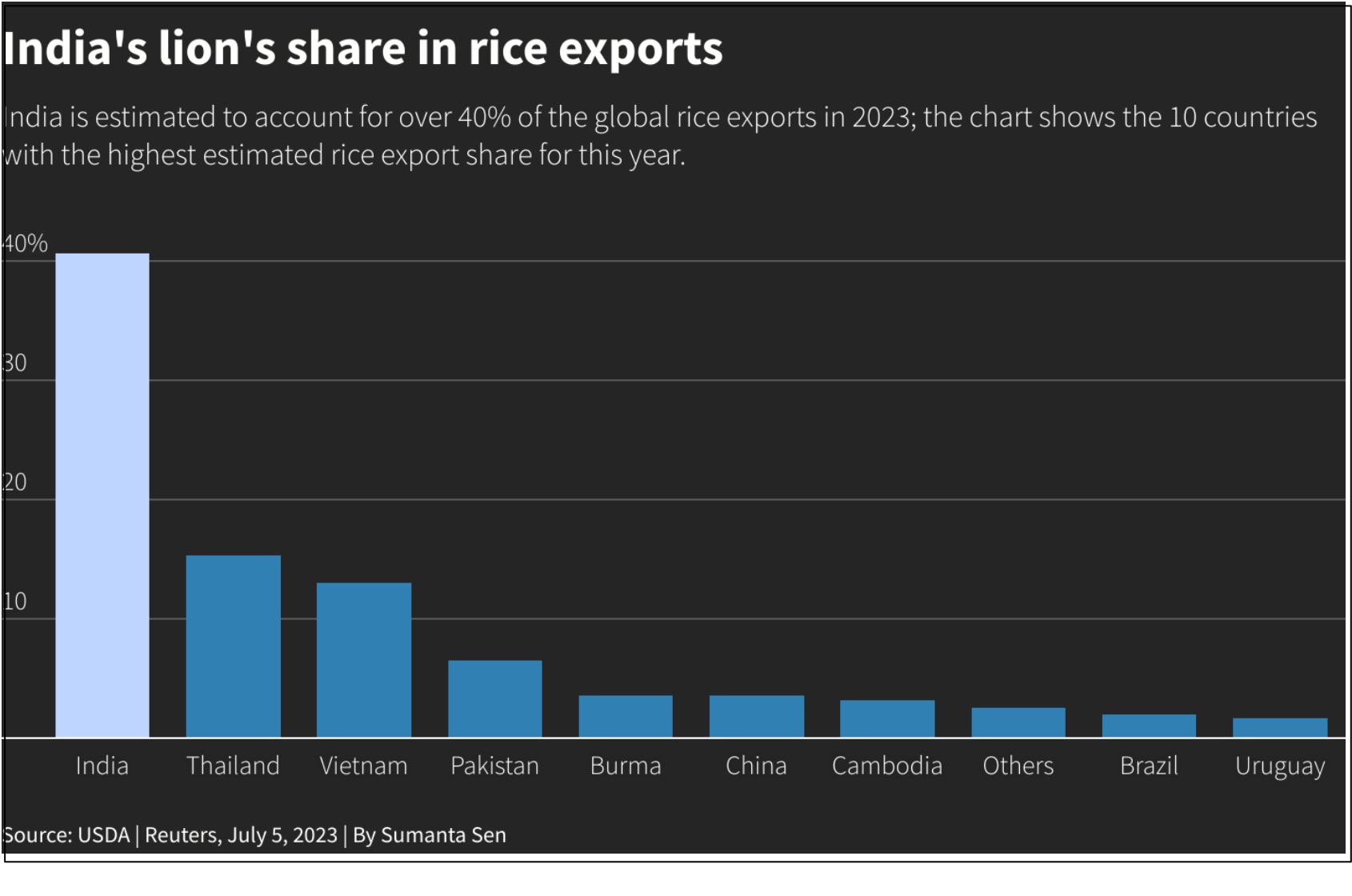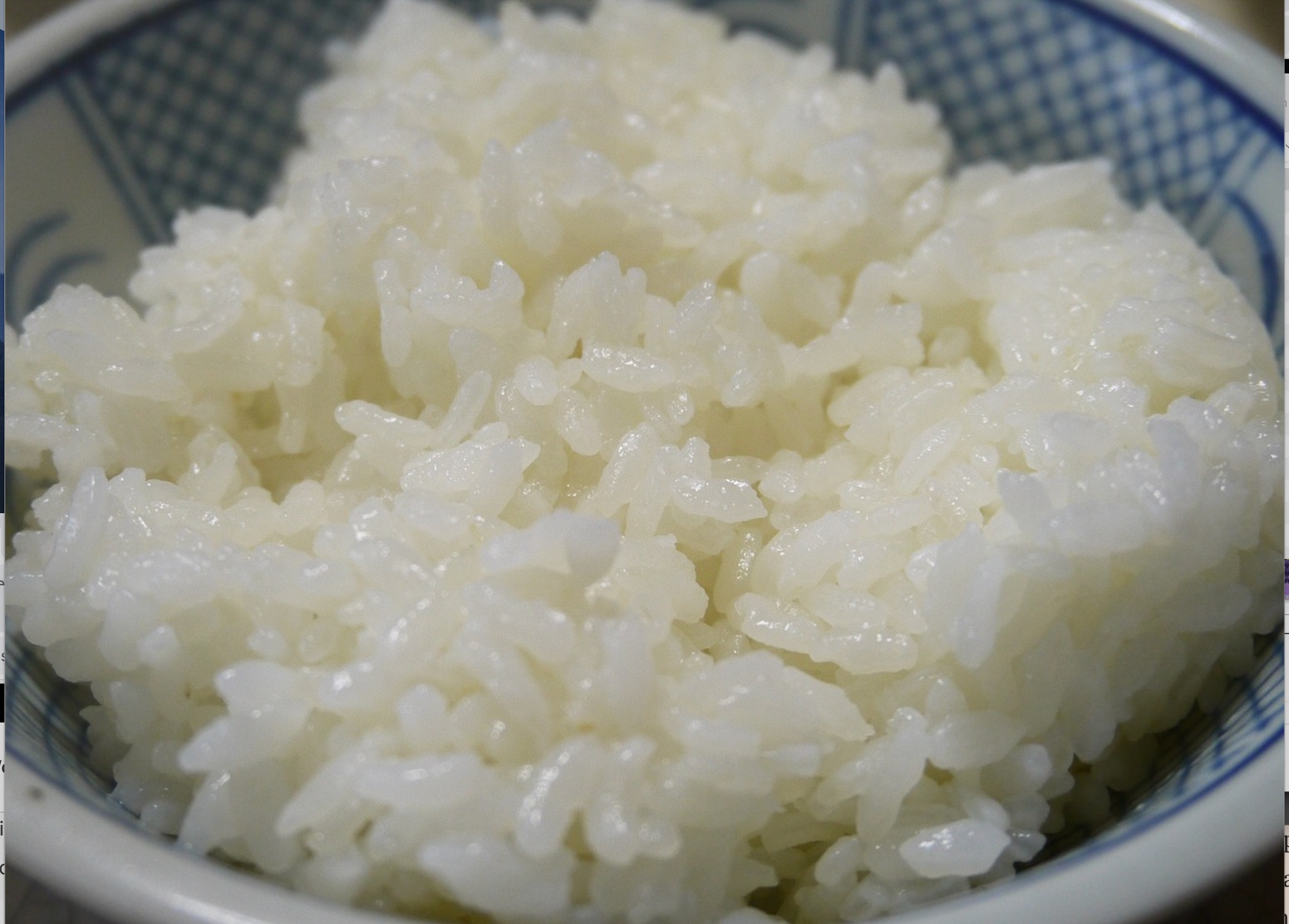The world has less rice because of too much and too little water.
The results are classic supply and demand.
India’s Rice Export Ban
Our story starts on July 20, 2023 when India banned non-basmati white rice exports. With retail prices up three percent for the month and 11.5 percent for the past 12 months, families were struggling to afford a staple. Responding with some economic logic, the Indian government thought it could constrain price hikes by increasing the domestic supply.
One cause of the problem was water.
We could say India was hit by the perfect storm but there were two of them. In the north, when monsoon floods destroyed 40 percent of the crop, some heavily indebted farmers could not afford to replant. Then, facing the opposite problem, a reduced rainfall from El Nino in other regions also devastated yields.
The result was an export ban that rippled far beyond India. In Dubai, a grocery store chain placed a two-packet cap on rice purchases. In the U.S. and Canada, stores experienced a similar run. Suddenly unaffordable in Nigeria, a 50 kg bag of rice cost more than the minimum wage. Similarly, including buyers in Bangladesh, Senegal, Togo, and Nepal, the list is dominated by low income countries with little ability to afford soaring prices. However, as an opportunity for other exporters, that price bump had exporters in Vietnam and Thailand smiling.
At 40 percent, India dominates global rice markets:

Our Bottom Line: Food Protectionism
India is not alone.
Last May, the Financial Times told us that, spurred by the war in Ukraine, 23 countries had trade restrictions on commodities like cooking oil, grains, and pulses (dried beans, chickpeas, and similar items). Indonesia, for example, banned its cooking oil exports and Argentina restricted the meat that could move beyond its borders.
As economists, we can use supply and demand to illustrate the impact. You can see that price is up and supply down:

Not just lines and equilibrium, a supply and demand graph can bring grocery store images of high prices and purchase caps and Nigerian families unable to afford the basics.
My sources and more: Thanks to the BBC’s Business Daily podcast for inspiring today’s post. From there, Reuters has more of the facts as did FT.







Usually, rice is the “other” commodity (vs. millet) in the classic fantasy example of a Giffen good. But in this case, hoarding of rice, as a Giffen good, may be exacerbating shortages and prices, at the expense of more expensive consumables.